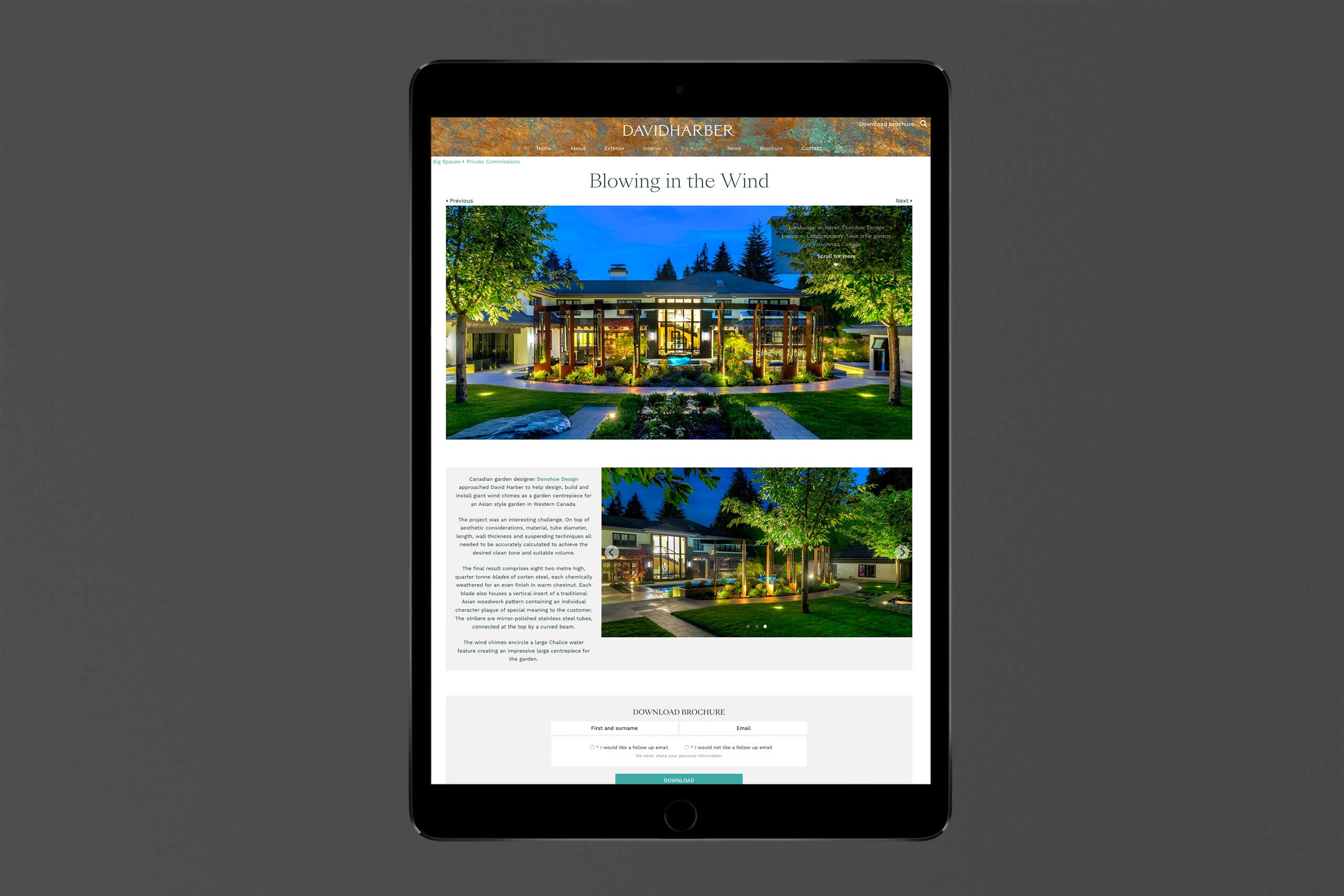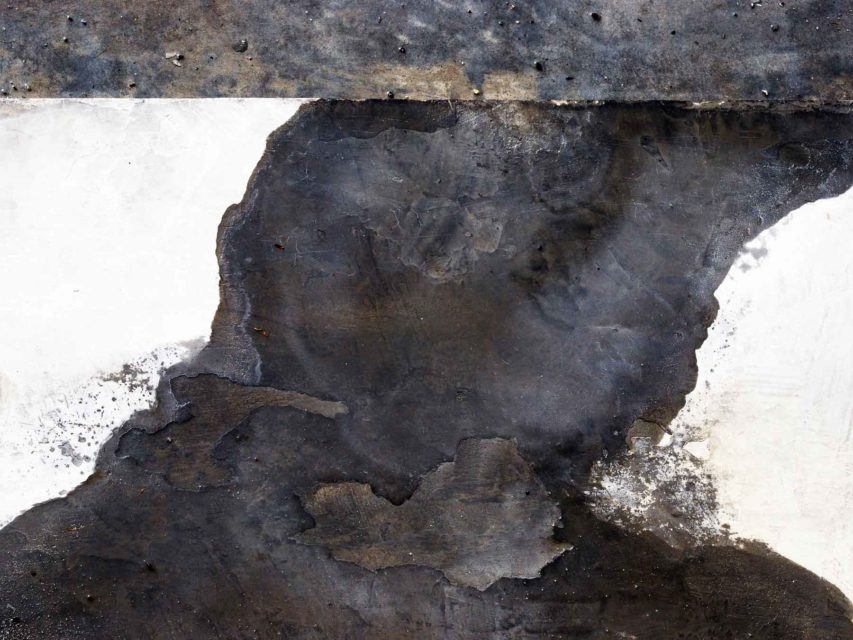Write great high-end Interior Design case studies
The most effective and convincing high-end interior design case studies have 4 key attributes when being promoted online
Bath Kitchen Company website Fun Loving Kitchen – Example case study
1. They are usually 500+ words of indexable content with an editorial focus on the impact of your studio’s work
2. They have a client testimonial
3. They include easily scannable list of related services. We don’t want to relate other case studies here, though the temptation is there. We want our prospects to transition from research mode to understanding how our business works, not get caught in a content cul de sac.
4. They have a buyer-friendly call to action to set up a meeting, get in touch about a project, etc.
David Harber website
Big Spaces – Example case study
Featured projects
This is very different from, write-ups of projects, which in the main we all have on our websites, as we name drop the client (where appropriate) and show off the finished work. This isn’t hitting the mark as a case study and certainly isn’t making for a great study. It worth pointing out having a portfolio is very valid, but that is not the focus of this article.
We have to remember why we should be investing in writing the case study in the first place. Its about generating opportunities with the next prospect, and its role is to prove the impact of the work that we have just had beautifully shot. You should look beyond simply writing about what you made to articulate the impact of the outcome. If we can prove the worth of our project that has just been undertaken with facts and figures. If you have created impact with your work, then this can be no better communicated than through the happy words of the client, after all no matter how good you are at selling yourself, you’ll never be as good a salesperson as the client for whom you have had the greatest impact.

The Myers Touch website Bronze Appeal – Example case study
Generating leads
The purpose of your well-written impactful, process-framed case study is to generate leads; (just the be clear, process is important in framing your approach to a project, but at the end of the day people don’t buy processes, processes offers reassurance, people buy promises). A case study is a sales tool.
We all like a story, and we understand the story composition: a beginning a middle and an end. And like a story your case study should follow this format. Having a back-story, setting the context of the situation and the problem your were able to overcome, the middle— the ideas, process and solution you arrived at, and finally the impact of the outcome, the results of your work.
If you cover off all four elements outlined in the opening, you will not need thousands of words and you will be on the way to creating great case studies.

Subscribe to our periodic updates if you are interested in or manage an architect, interior, or property brand.
NEWSLETTER SIGN-UP
Get in touch
Find out how we can help craft your case studies for your interior, furniture or property brand. Give us a call or get in touch.





